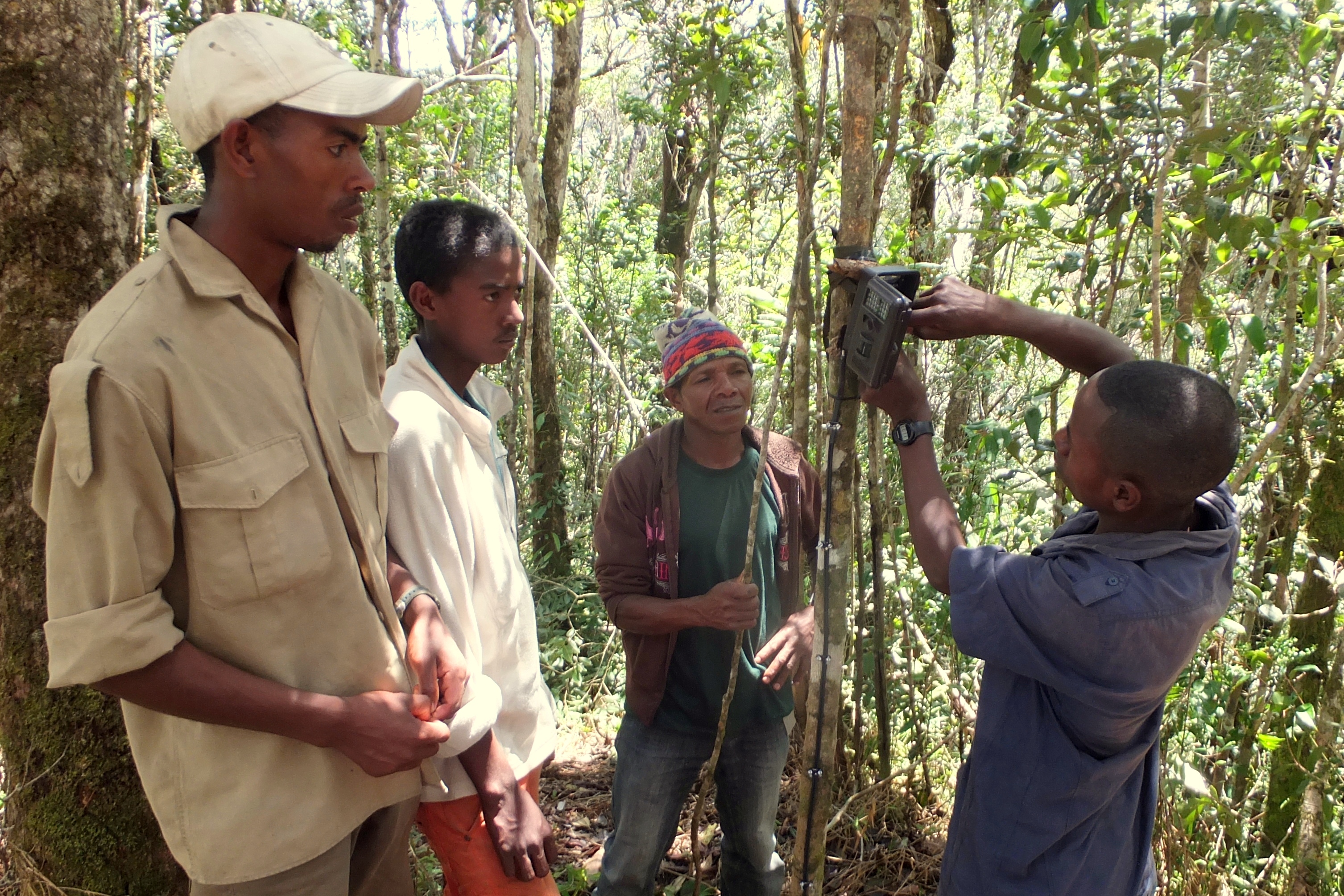Today, due to advances in digital technology, remotely operated cameras, also known as camera traps, offer a multitude of applications for wildlife research and monitoring. Beyond indicating species presence or absence, camera trap data can be quantified to assess population and community metrics. However, obtaining continuous data is difficult because the camera traps on the market are not designed for prolonged use, and they frequently fail during long-term deployment. The most common problems are short battery life and mechanical failure due to moisture incursion. To solve these problems Dr. J. Andy Phillips (President) developed a low cost, external battery pack, capable of powering camera traps continuously for more than two years. We field tested his invention at the Maromizaha Protected Area, Madagascar where the annual rainfall is greater than 80 inches a year, and at Fanjingshan National Nature Reserve, China where the winter temperatures fall well below freezing. The improved camera trap system not only allows us to accumulate continuous imagery from untended camera traps for periods of over two years without a reduction in image quality, but also greatly cuts down on our labor and equipment costs, as well as human operating errors. For just 9 cents a camera a day, the results are truly amazing!
To learn more, here is our presentation abstract for the 27th International Congress for Conservation Biology/4th European Congress for Conservation Biology.
Tan et al 2015_ICCB_Abstract_Book-pages-1,687-688


